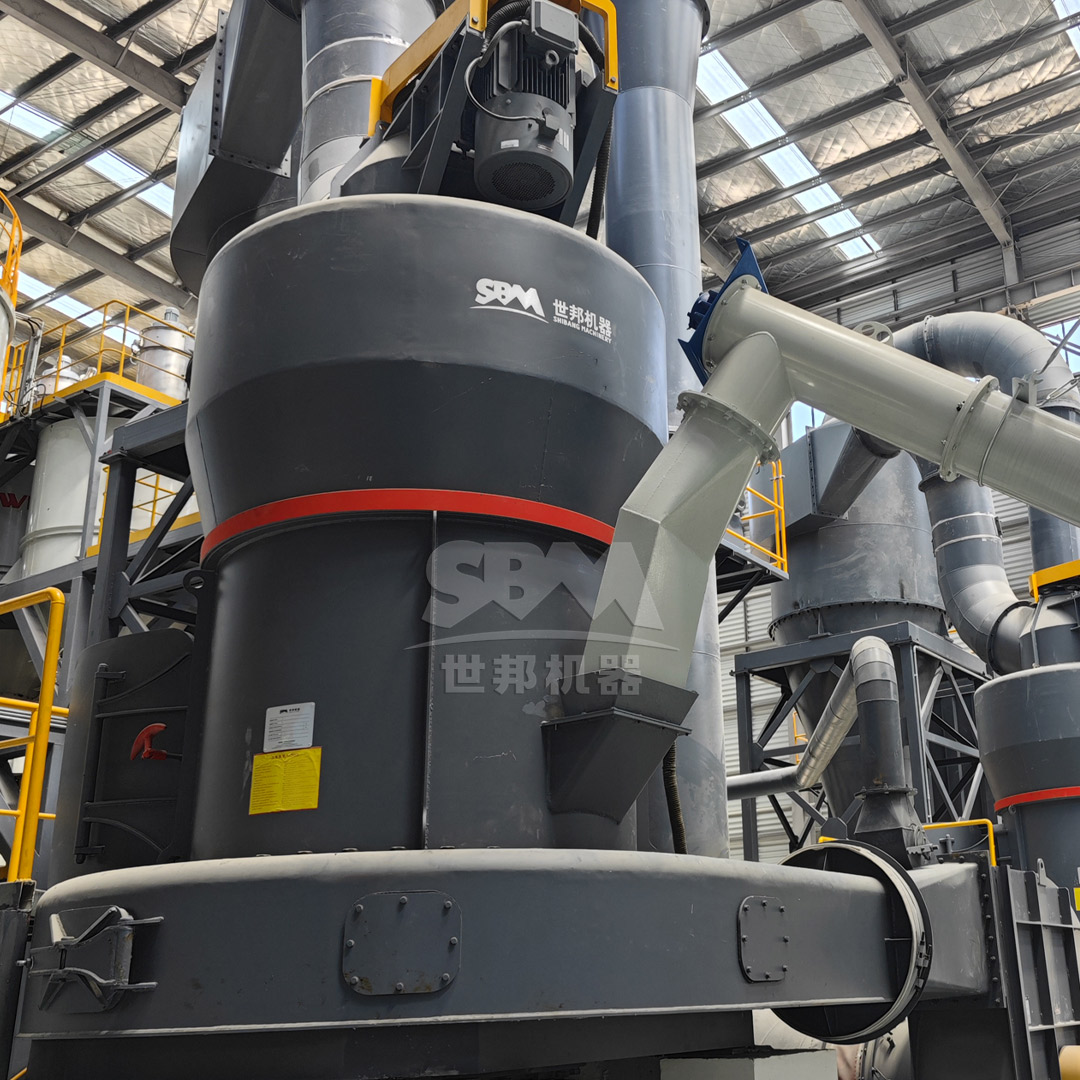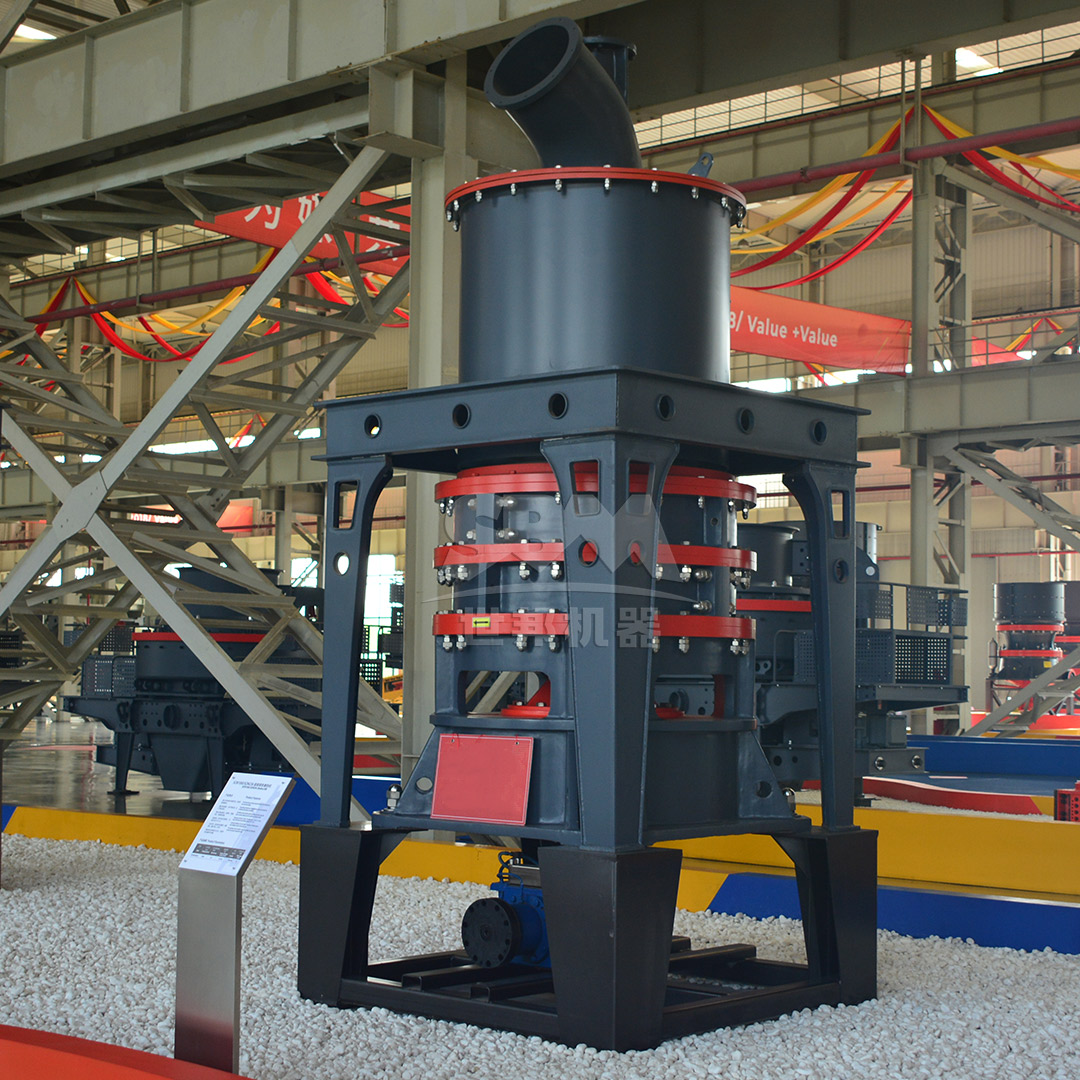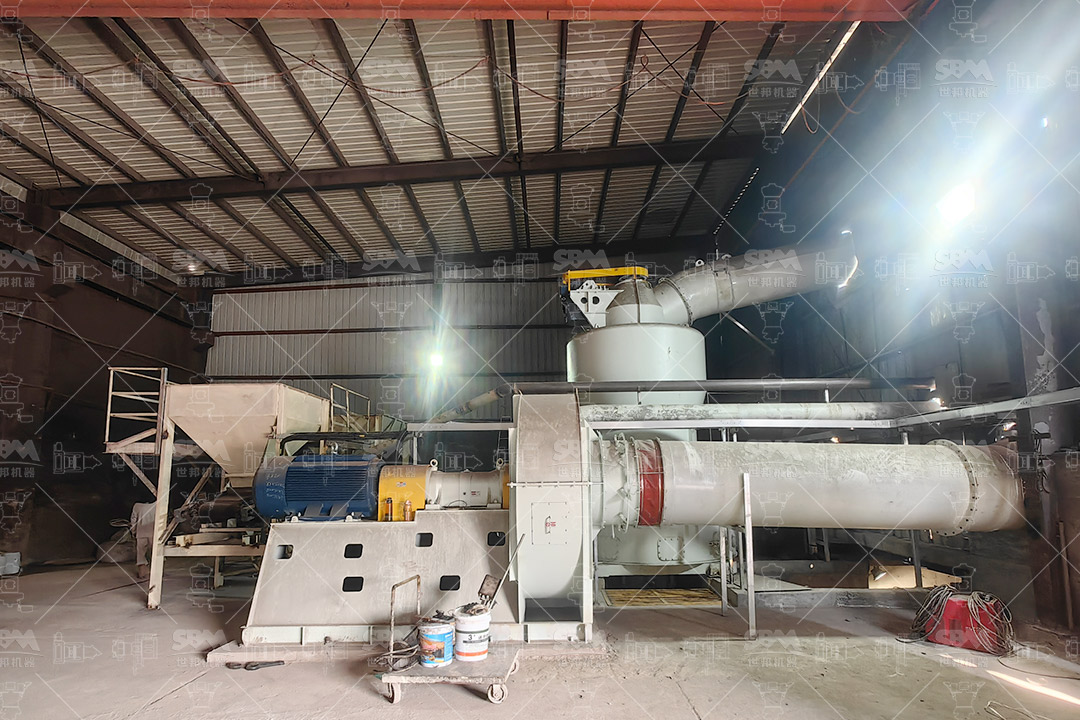The construction and decoration materials industry relies heavily on high-quality marble powder for various applications, including terrazzo flooring, synthetic marble, wall putty, paints, and adhesives. Selecting the appropriate marble powder grinding machine is crucial for achieving the desired product quality, production efficiency, and operational economy. This comprehensive guide will walk you through the key factors to consider when choosing the right equipment for your specific needs.
Before evaluating specific machines, you must clearly define your production requirements. These parameters will directly influence your equipment selection:
| Application | Required Fineness (Mesh) | Typical Production Capacity | Special Requirements |
|---|---|---|---|
| Terrazzo Flooring | 30-100 | 10-45 t/h | Consistent particle size |
| Wall Putty | 200-325 | 5-25 t/h | High whiteness |
| Synthetic Marble | 325-600 | 3-15 t/h | Ultra-fine, uniform particles |
| Premium Paints & Coatings | 600-2500 | 0.5-8 t/h | Nanometer-level fineness |
Various grinding technologies are available for processing marble, each with distinct advantages and limitations:
Raymond mills have been widely used for medium-fine grinding of marble. They typically produce powders in the range of 30-325 mesh. While cost-effective for basic applications, they struggle with achieving ultra-fine finishes and have higher energy consumption compared to newer technologies.
These machines utilize two counter-rotating rollers to crush material with high pressure. They offer excellent energy efficiency for pre-grinding or medium-fine applications but may not achieve the finest powder grades required for premium decoration materials.
Ball mills are versatile grinding systems that can handle various materials including marble. They consist of a rotating cylinder filled with grinding media (typically steel balls). While capable of producing fine powders, they have high energy consumption, significant wear, and may introduce iron contamination, which affects marble whiteness.
Vertical roller mills have gained popularity for marble processing due to their excellent energy efficiency and ability to handle moist materials. They combine grinding, drying, and classifying in a single unit, making them suitable for integrated production lines.
For the finest marble powders required in high-value applications, ultrafine grinding mills are essential. These advanced systems can achieve particle sizes down to 5μm (2500 mesh) with narrow size distribution.

When evaluating marble powder machines, consider these critical factors:
Grinding operations are energy-intensive, making efficiency a crucial economic factor. Look for machines with specific energy consumption (kWh/ton) appropriate for your target fineness. Modern designs often incorporate energy-saving features such as:
The construction and decoration industries demand consistent product quality. Evaluate the machine’s ability to:
Beyond the initial investment, consider the total cost of ownership:
Modern grinding operations must meet stringent environmental standards:
For most marble powder applications in construction and decoration materials, we highly recommend our SCM Series Ultrafine Mill. This advanced grinding system represents the latest technology in ultrafine powder processing and offers exceptional performance for marble applications.
The SCM Ultrafine Mill operates with an input size of ≤20mm and produces powder with fineness ranging from 325 to 2500 mesh (D97≤5μm), making it ideal for even the most demanding decoration material applications. With capacity ranging from 0.5 to 25 tons per hour (depending on model), it can serve both medium and large-scale production requirements.

The SCM Mill achieves remarkable energy savings, offering approximately twice the capacity of jet mills while reducing energy consumption by 30%. Its intelligent control system automatically monitors and adjusts operating parameters to maintain optimal成品粒度 with minimal energy input.
Equipped with a vertical turbine classifier, the SCM Mill ensures precise particle size切割 with no coarse powder contamination. This results in exceptionally uniform product quality that meets the strict standards of premium decoration materials.
Specially manufactured roller and ring materials significantly extend service life compared to conventional mills. The innovative bearingless screw grinding chamber design ensures stable operation and reduces maintenance requirements.
The integrated pulse dust collection system exceeds international emission standards, while the soundproof chamber design maintains noise levels below 75dB, creating a better working environment and ensuring regulatory compliance.
The SCM Series offers multiple models to match different production requirements:
| Model | Capacity (ton/h) | Main Motor Power (kW) | Input Size (mm) | Output Fineness (mesh) | Recommended Application |
|---|---|---|---|---|---|
| SCM800 | 0.5-4.5 | 75 | 0-20 | 325-2500 | R&D, Small production |
| SCM900 | 0.8-6.5 | 90 | 0-20 | 325-2500 | Medium production |
| SCM1000 | 1.0-8.5 | 132 | 0-20 | 325-2500 | Standard production |
| SCM1250 | 2.5-14 | 185 | 0-20 | 325-2500 | Large production |
| SCM1680 | 5.0-25 | 315 | 0-20 | 325-2500 | Industrial scale |
For operations requiring slightly coarser marble powders (30-325 mesh) at higher capacities (3-45 tons/hour), our MTW Series Trapezium Mill presents an excellent alternative. This robust grinding system excels in processing larger input sizes (≤50mm) and offers exceptional reliability for continuous operation.
The MTW Mill features several innovative technologies including anti-wear shovel design, curved air channel optimization, integrated cone gear transmission, and wear-resistant volute structure. These features collectively reduce maintenance costs by 30% while ensuring consistent product quality.
Successful implementation of your marble powder grinding system requires careful planning:
Consider the footprint of the main equipment as well as ancillary systems including feeding, classification, dust collection, and product handling. Modern vertical mills typically offer space savings of 30-50% compared to traditional ball mill systems.
Design an efficient material handling system that ensures consistent feed to the grinding mill. Consider moisture content variations and implement pre-drying if necessary, especially in humid climates.
Invest in an efficient dust collection system that not only meets environmental standards but also maximizes product recovery. Modern pulse-jet baghouse collectors typically achieve efficiency exceeding 99.9%.
Implement advanced process control systems to optimize operation, maintain consistent product quality, and reduce energy consumption. Modern PLC-based systems can automatically adjust operating parameters based on feed material characteristics and product requirements.

Selecting the right marble powder machine for construction and decoration materials requires careful consideration of your specific production requirements, quality standards, and economic objectives. For most applications, ultrafine grinding technology represented by our SCM Series offers the best combination of product quality, energy efficiency, and operational reliability.
By understanding the different technologies available and carefully evaluating your needs against the key selection criteria outlined in this guide, you can make an informed decision that will ensure the long-term success of your marble powder production operation. Remember that the optimal solution often involves consulting with experienced equipment suppliers who can provide tailored recommendations based on your specific circumstances.
Investing in the right grinding technology will not only ensure product quality that meets market demands but also provide operational efficiencies that enhance your competitive position in the growing construction and decoration materials industry.